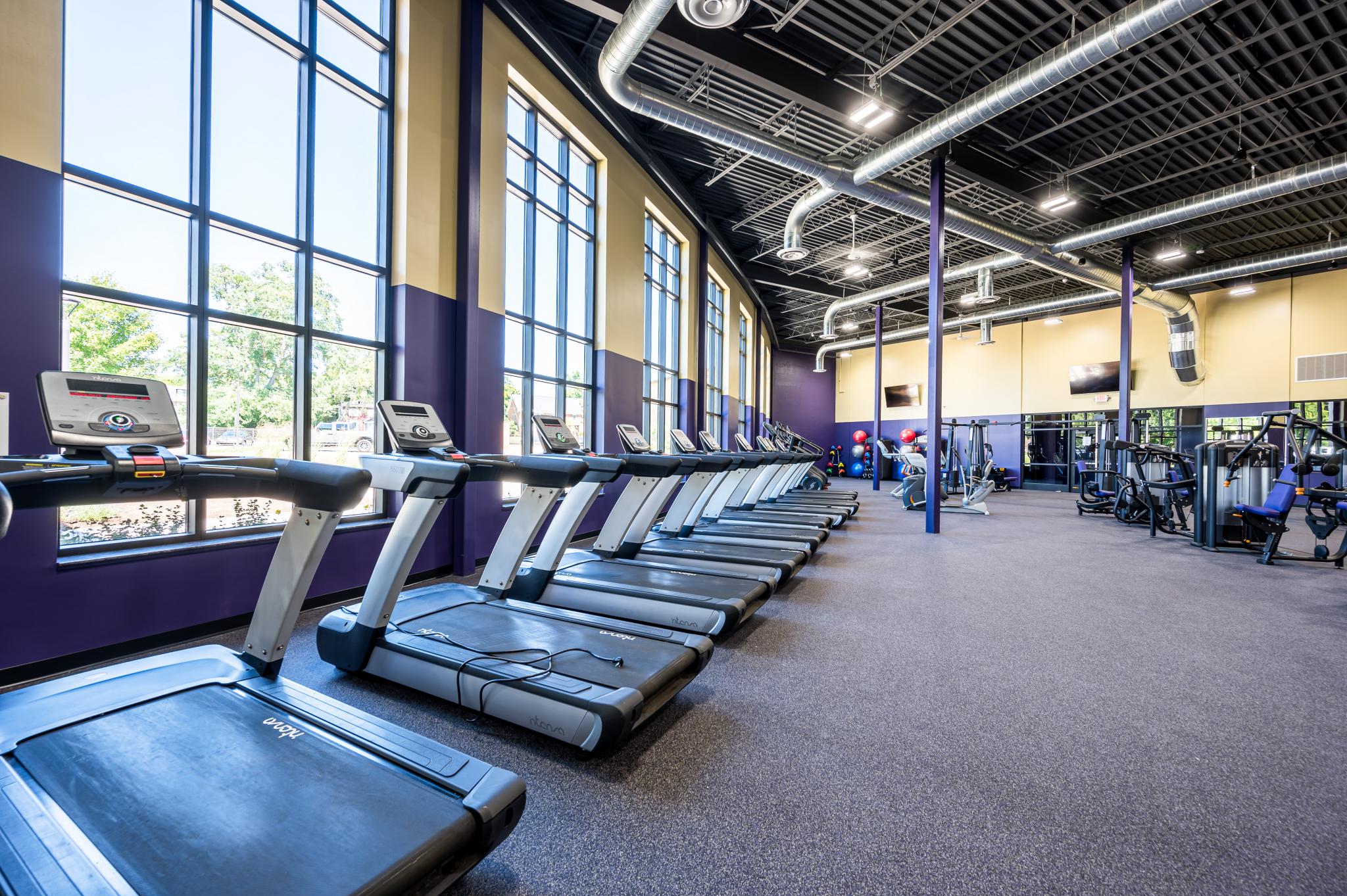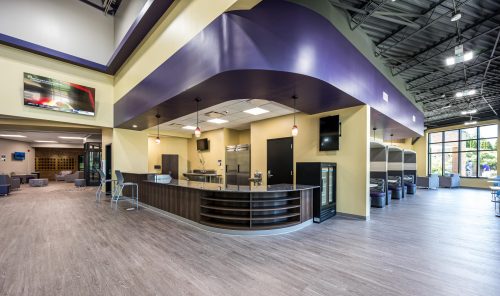Recreation and Wellness in Higher Ed Design

Staying active plays many important roles in communities. Architects and designers can play a crucial role in promoting such behavior. I believe that wellness center design requires three critical components:
- focus on building performance
- inviting spatial qualities
- specialized amenities.
Building performance can make or break a wellness center. One key part of building performance is air quality. Proper ventilation is imperative to remove the carbon dioxide released from the occupants as they exercise. Passive ventilation is an excellent idea in this situation. Bi-fold glass wall systems are a helpful tool for passive ventilation and add daylight to the space. Including natural elements like vegetation in the interior contributes to improving overall air quality as well. Acoustics is another key piece in wellness center design, as there can be many people in one open space utilizing noisy equipment. If considered early in the design process, acoustics can be executed in multiple innovative ways.
Spatial qualities are important factors to encourage physical activity throughout wellness centers. Increasing visibility by design encourages interest among occupants. Adding windows into high-activity spaces allows the occupants to feel connected.

Studying interiors early in the process, such as equipment, furniture, and other essential elements, helps plan plenty of space. Lack of planning could result in a space that feels cramped and uncomfortable. Open and light-filled spaces tend to create a welcoming atmosphere. On the other hand, it is important to provide private areas where staff or the public can function.
Learning what a wellness center will encompass plays a key role in planning for the community’s wants and needs to influence a successful development. Will the building be used outside as well as inside? Is there a desire for revenue-generating opportunities such as a health bar? Who will be using the center? Students? Public? Both?
Knowing who to design and plan for refines what resources the building should contain. From a higher education standpoint, wellness centers can have a significant impact on the greater community. Blending the two groups is a great way to establish a relationship that promotes and inspires a healthier, greater community and contributes to the campus community.

